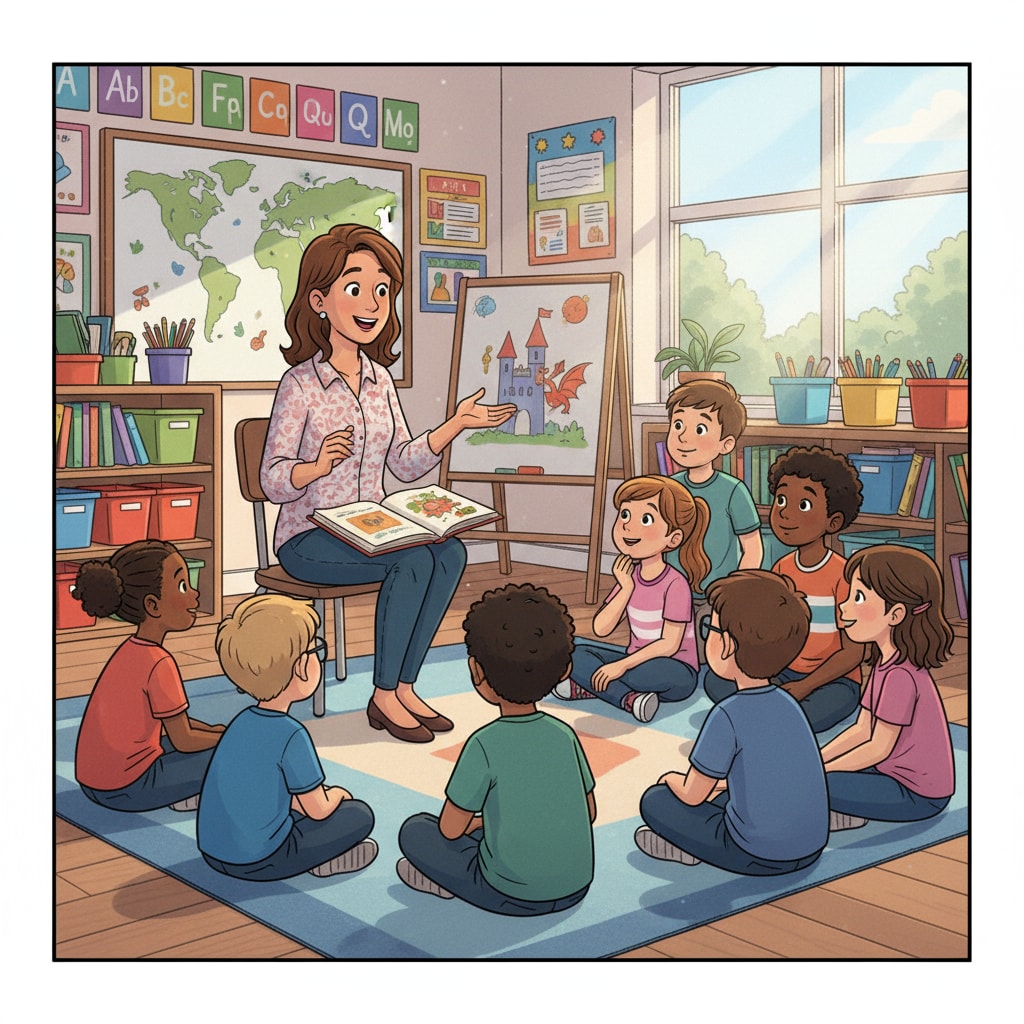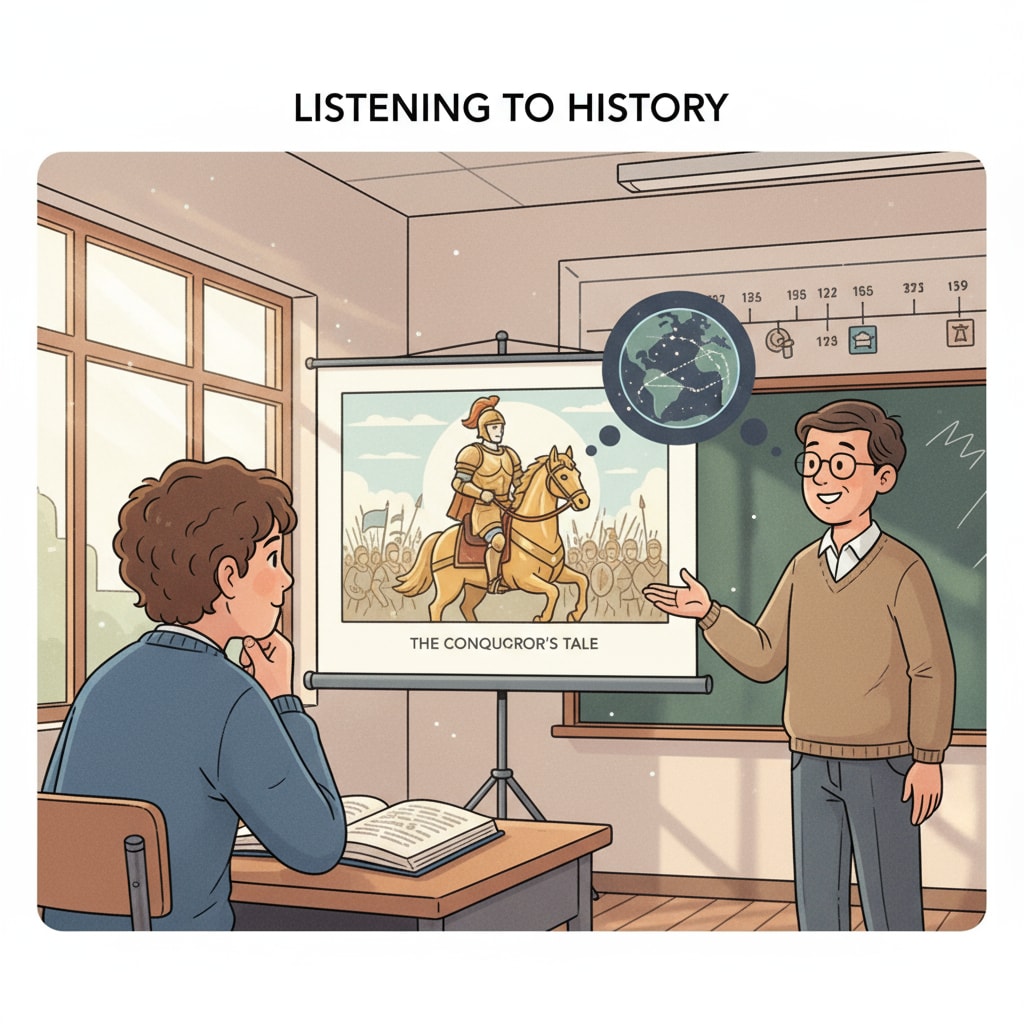In the realm of K12 education, storytelling has emerged as a powerful educational method that can significantly impact students’ identity changes. It goes beyond the traditional role of merely conveying information and delves into the deeper aspects of students’ self – perception. Storytelling has the potential to shape how students view themselves, their values, and their place in the world.

For instance, a well – crafted story can inspire a student who has always seen themselves as mediocre to recognize their hidden potential.
The Power of Narrative in Shaping Identity
Stories have an innate ability to engage students on an emotional level. When students listen to a story, they often project themselves into the characters’ shoes, experiencing the events and emotions within the narrative. This immersive experience can lead to a shift in their identity perception. According to Educational Psychology on Wikipedia, the stories we encounter in our lives play a crucial role in constructing our self – identity. In a K12 classroom, a story about a historical figure who overcame great odds can inspire students to believe in their own ability to persevere. For example, a story about Malala Yousafzai, who fought for girls’ education despite facing extreme danger, can encourage female students to be more confident in their pursuit of knowledge.

Real – Life Examples of Identity Transformation through Storytelling
There are numerous real – life cases where storytelling in K12 education has led to significant identity changes. In a particular school, a teacher introduced a series of stories about different cultures. One student, who had previously been closed – minded towards other ethnic groups, began to see the beauty in diversity. Through these stories, the student’s identity shifted from that of a narrow – minded individual to an open – hearted and inclusive one. Another example is a student who was struggling with self – doubt. A story about a young inventor who faced multiple rejections but still persevered and achieved great success inspired this student to take on new challenges. As described in Education Theory on Britannica, such real – life stories can have a profound impact on students’ self – concept.
In conclusion, storytelling in K12 education is an invaluable educational method that can effectively bring about identity changes in students. By leveraging the power of narrative, educators can guide students on a journey of self – discovery and transformation. It is essential for educators to incorporate more storytelling elements into their teaching to help students develop a more positive and well – defined sense of identity.
Readability guidance: Using short paragraphs and lists helps summarize key points. Each H2 should preferably have a list. Controlling the passive voice and long – sentence proportion, and adding transitional words like “however”, “therefore”, “in addition”, “for example”, “as a result” throughout the text can enhance readability.


